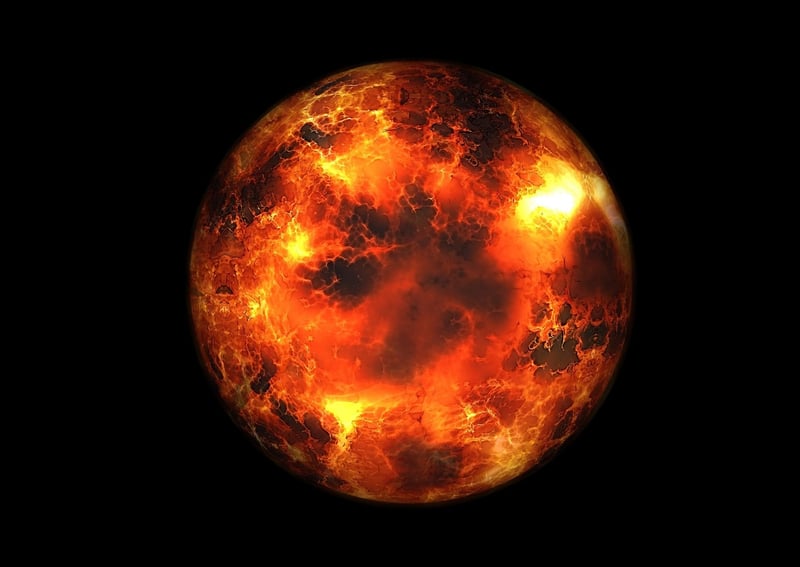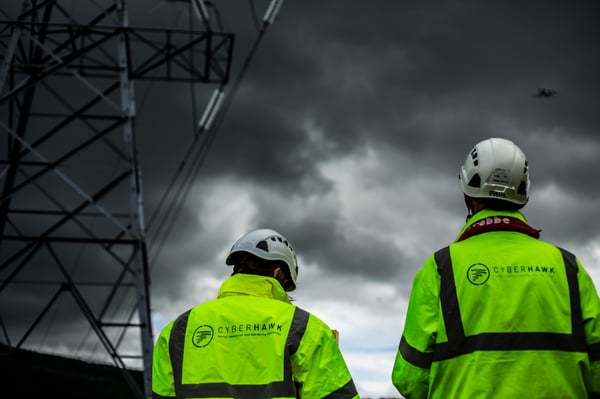Over the last 18 months, we've seen an alarming increase in the number and severity of wildfires taking place. Not limited to just one pocket of the world, we've seen fires separated by entire oceans; with notable destruction occurring in places such as Greece, Australia and the West Coast of the U.S
This is not someone else's problem. This is worldwide.
While wildfires aren’t directly started by climate change, the unprecedented dry, hot and windy weather that results does exacerbate it. Climate organizations have been vocal about the effects of global warming on wildfires for many years, as they now last longer than they ever have and ultimately have become more devastating.
According to data from the Monitoring Trends in Burn Severity program, US wildfires, in particular, are getting worse. California, Washington and Oregon are considered to be the worst states affected by the fires, with more than five million acres burned there alone.
Shutting Down Shutdowns
For the utility companies based in these states, mitigating potential fire risk from their transmission lines is a monumental concern as studies continue to show that badly maintained power lines and their surrounding shrubbery are a leading cause of wildfires.
At Cyberhawk, we've worked with many major power grid operators around the world over the years and know first-hand that these companies are committed to keeping their own people and customers safe. This is not just driven by regulatory scrutiny (which is understandably at an all-time high), but through their corporate ethics and values.
Power grid operators have an obligation to protect the communities in which they serve and, in doing so, some have had to turn to their last resort of power shutoffs when alerted to fire risks. However, this means leaving thousands of customers’ homes and businesses without electricity for potentially long periods – up to seven days in some cases. Leaving the most vulnerable without heat or light, especially when people are spending more time than ever at home, can raise further problems - and that is without mentioning the serious consequences of disrupting power to overwhelmed hospitals and emergency services.
Want to learn more about our power grid inspection programme?
Download your free capabilities overview pack here:
Prevention is the Best Intention
We believe prevention is the key to avoiding the disruption that blackouts bring, and above all else, maintaining safe operations. The U.S. power grid is one of the oldest in the world, with 70% of transmission lines more than 25 years old. Inspecting and maintaining these aging power grids is incredibly important when it comes to wildfire mitigation and ultimately a proactive approach to inspection is needed.
Our U.S.-based team of specialists are no strangers to supporting critical wildfire mitigation and reliability campaigns. We work with major power grid operators to carry out drone inspections of towers, poles and electricity transmission structures, as well as collecting and managing large volumes of inspection data.
This has brought a step change in defect identification, maintenance planning and the tracking of remedial actions, helping utilities to maintain safe and resilient power grid networks, even when they are up against the most extreme environmental conditions.
The data that we gather is delivered as a daily report that clearly identifies the infrastructure and equipment with defects that need immediate attention. This empowers the utility company to make better informed decisions when it comes to planning maintenance and assessing whether shutoffs are necessary - and can literally mean the difference between life and death in some instances.
Tower inspections in iHawk offer unrivalled insight on assets.
Global Learnings
In addition to the West Coast of the U.S., we have worked in Portugal, where each year the country is put on high alert for wildfire outbreaks. Recently we supported a customer in Central Asia, known for its extremely hot and dry conditions with recorded temperatures soaring as high as 120°F. Our drone-based inspections and maintenance programmes were able to prevent serious, life-threatening damage when lightning struck our customer’s infrastructure.
Looking back at these high-risk projects, we have learnt a few things along the way. For a start, we have built an exceptionally robust, high quality training programme for our team that we’re proud of. This specifically includes training to ensure those working in the field are prepared for the threats they may face.
By its very nature, weather is unpredictable and often conditions will not reflect early weather forecasts. To counteract that, we prepare for all weathers and eventualities by packing all kids of lifesaving equipment; from fire extinguishers to bolt cutters and shovels to first-aid kits.
Furthermore, Cyberhawk has built its safety and quality reputation by operating in two man teams that comprise of a pilot whose sole responsibility is to fly the drone as safely as possible and a payload operator whose only focus id on capturing high quality images. This has been proven to be the safest and most valuable approach as it allows teams to work together to stay alert to the potential dangers around them as they work and administer first aid if needed.
 Cyberhawk Team (Pilot & Engineer) Inspecting Overhead Lines
Cyberhawk Team (Pilot & Engineer) Inspecting Overhead Lines
Open lines of communication are essential in our work - not only with one another, but with the power grid operators whose assets we inspect. It is imperative to us that we work together as one team and that we stay in touch to provide regular updates on our current and planned location to ensure we avoid potential “danger zones”.
It is becoming more and more common for utility providers to turn to trusted drone-based inspection services and digital data management tools to bolster their wildfire prevention and reliability programmes around the world. This is perhaps reflective of the rise in wildfires globally but it is equally likely that the adoption of drone technology is based on the undeniable benefits that our way of working has evidenced for many years now - whether that is from the perspective of safety, environmental concern or cost. As our body of work builds and innovative use of drone technology continues to grow, it is becoming increasingly apparent that our method of working is a fire that can't be put out.
If you’re interested in finding out how Cyberhawk can support your project,
download your free power grid capabilities overview pack now!
